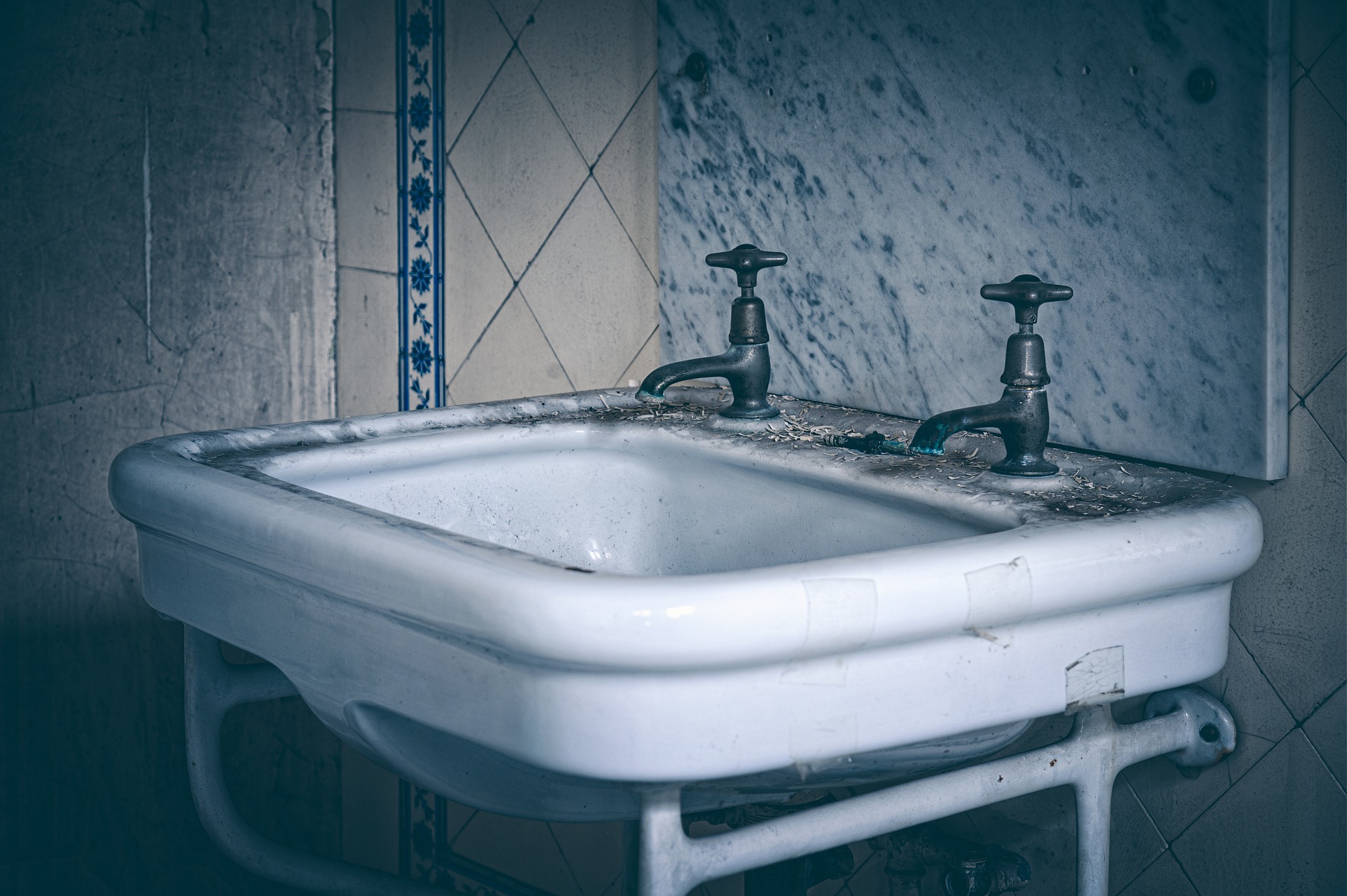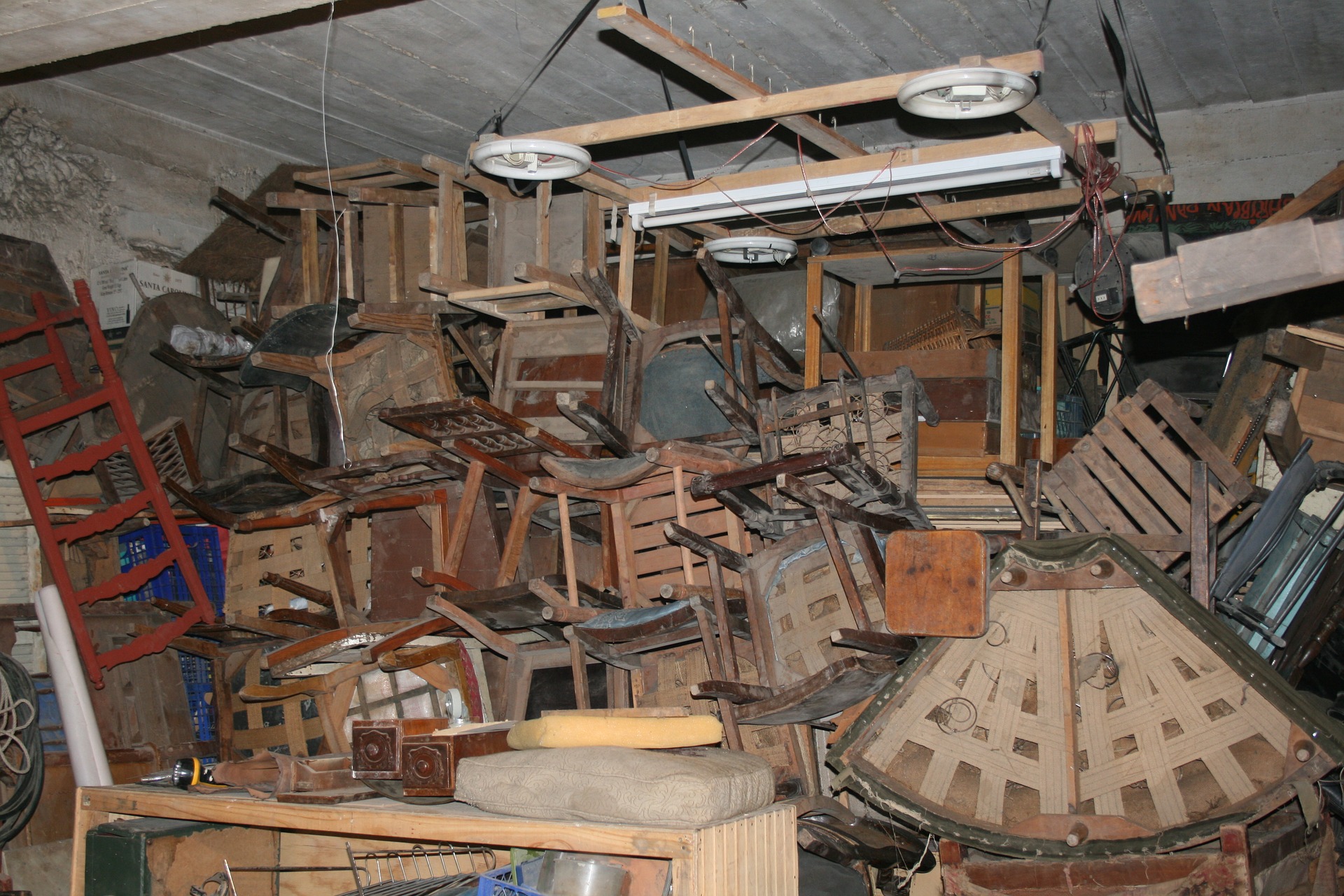When there are drain flies flying around in your home, the root of the problem is not really them but the drain fly eggs in their breeding site. The moth fly are simply going to be there until you find that drain and kill the eggs and larvae in it.
But before you start looking for their eggs, you need to verify whether it is indeed a drain fly problem. There are various types of fly that can appear in your home and the drain fly is only one of them. The first step towards pest control is really to identify them.
- Related: Drain Fly Identification
People who are not familiar with these pests often confuse drain flies with fruit flies for example. The main characteristic of drain flies is that they have a moth-like appearance with all the hairs covering their body. There is also a visible vain pattern on their wings that makes them easily identifiable.
Fruit flies, on the other hand, have red or black eyes and a dark striped pattern on their abdomen. There are no hairs covering their body and their wings look much simpler. Also, fruit flies prefer to invade areas where they can find rotting foods such as fruits and vegetables.
Moth flies rather prefer to stay around drains or other areas where organic matter can form in standing water. That is where breeding sites are formed, giving birth to generations of flies until you eradicate them.

Can Drain Flies Lay Eggs in Humans?
There are certain fly families that can lay their eggs in animals or humans in many different ways. This parasitic infestation is called Myiasis, which derives from an ancient greek term. It contains the word ”myia” which basically means ”fly”, implying that flies are the main causes of this problem.
Fly eggs can get into people’s system in various ways including wounds and through their mouth. If the larvae get hatched in the ear, they can even get to the brain. But these are just a couple of examples and when it comes to drain flies, you don’t even need to worry about this stuff.
Moth flies are part of the Psychodidae family which isn’t related to Myiasis at all. They are not going to lay eggs anywhere on your body. They can’t transmit diseases to humans and have no interest in us in general. All they care about is finding the filthiest drain in your house and establishing their breeding sites.
The only way they can be harmful is by spreading the bacteria and microorganisms that come from those drains. They come in contact with the organic matter that is full of them and then leave the drain to explore your house a bit.
That is when they might come in contact with cutlery, bowls, shelves, plates and even food in your kitchen. Before you know it, you are going to put those bacteria in your mouth. This is why fly control is really important in every household.

When it comes to drain fly eggs, there is no need to worry about you coming in contact with them at all.
Where do Drain Flies Lay Their Eggs?
They lay their eggs into the gelatinous film that forms on the fermenting organic material they can find in rarely used or cleaned drains. Such material can form in the kitchen, bathroom, around leakages and near garbage cans, just to mention a few common spots.
They commonly appear in floor drains such as showers as well. One day you might notice that there are little black drain fly larvae coming out of the shower drain. This means that there are plenty of eggs that got hatched and drain flies are going to appear soon if they haven’t already.
The reason why floor drains become breeding sites is usually because people haven’t used those drains for a while. For example, those organic materials have plenty of time to form when you leave for a vacation. Drains suddenly become ideal breeding sites and adult drain flies start to lay eggs there.

Then as you enter your home after a couple of weeks, you discover a few moth flies on the walls. However, there is really nothing to panic about. You can quickly get rid of those drain fly eggs and larvae before the real infestation happens.
How do You Get Rid of Drain Flies Eggs?
Getting rid of drain fly eggs is simple. As we mentioned above, drain flies are lazy when it comes to flying. They know this very well, which is why they stay near their breeding sites. All you need to do is to look for drains, water leakages and standing water near those flies.
Chances are that you are quickly going to find them. At this point, you can choose from various pest control methods. If you are looking for a simple solution, then fill a pot with water and prepare some boiling water. Once it is ready, pour it all down the sink.
The next step is to get some vinegar and pour that down as well. Let the vinegar do the work and all the drain fly larvae and eggs are going to die off. There is also a wide range of drain cleaners that can solve the problem. Drain cleaners are only recommended if you know for sure that it won’t damage the pipes.
There are especially strong ones that will damage to the pipes depending on the material. Many people would recommend using bleach in this situation. The problem with bleach, however, is that it flows down so fast that it usually only scratches the surface of the gelatinous film.
It kills a few larvae and maybe some of the eggs too but usually leaves a lot of them undamaged. Therefore, you would need a lot of bleach for this to work and it is not clear how much. When it comes to pest control, it is important to do it properly and thoroughly.
Otherwise, drain flies are going to appear again after a few days.


